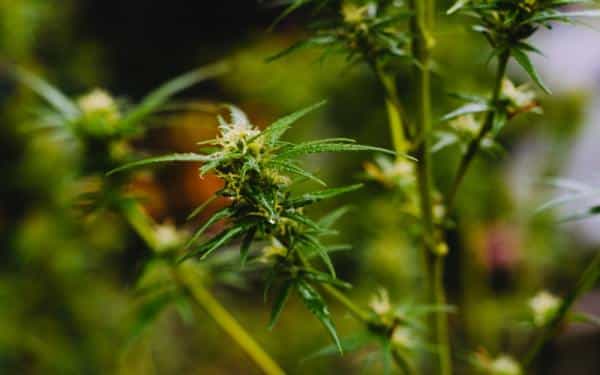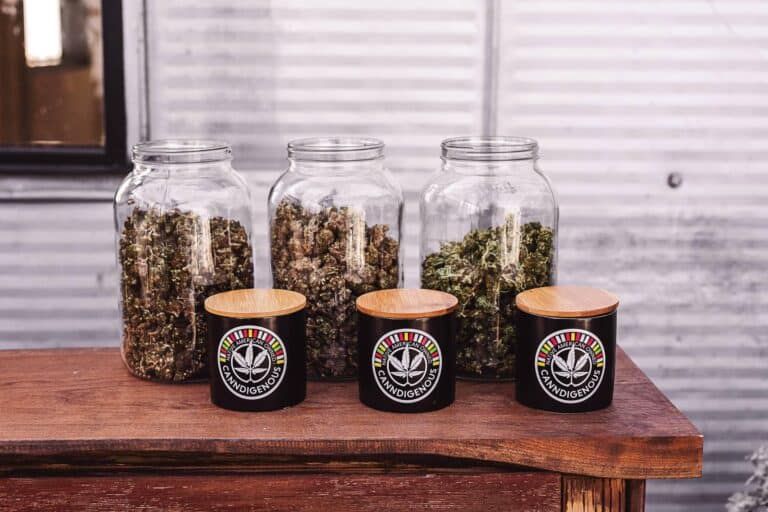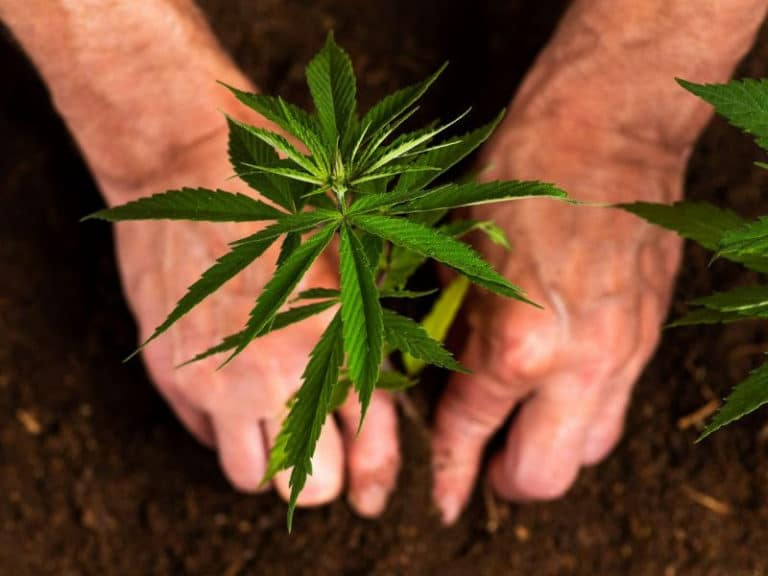
By Heather Ritchie
Cannabis use can be traced back approximately 10,000 years ago when Stone Age Asians and Europeans began using it independently of each other. Archaeologists discovered evidence in both regions that firmly supports this and some scientists with the Free University in Berlin, Germany have created a database of literature documenting patterns and trends in ancient cannabis use. Here is a brief history of cannabis use in Europe.
Hemp cord was found in pottery in an ancient village that dates back over 10,000 years in present-day Taiwan. When modern humans appeared around 250,000 years ago, farming was not a way of life for them. Interestingly enough, agriculture was invented by humans only 10,000 years ago. It’s the cornerstone of civilization which explains why cannabis played an integral role in many cultures. Its applications are so broad.
Around 6,000 BC cannabis seeds were utilized by the Chinese for food. Extensive cannabis use is attributed to transcontinental trade around 5,000 years ago during the Bronze Age.
The Cultures that Spread Cannabis Through Europe
The Yamnaya people of Eurasia were likely the first people to spread cannabis use throughout Europe along with the Scythians several thousand years later. Earlier reports of use are scattered, but around 5,000 BC use of the plant increased. It became so important that it was the basis for some culture’s economic systems.
The Yamnaya were the ones to spread the method of smoking cannabis and were some of the first to use the herb for its psychoactivity. They likely used it for rituals and special occasions.
In 4,000 BC, hemp was used in textiles in Turkestan and China. Its use became prolific in Asian cultures, but the Scythians started the global spread of cannabis consumption. Its therapeutic use as a medicine can most likely be traced back to this timeframe.
A nomadic tribe of people, the Scythians were originally from the Iran area. They migrated west from Central Asia to Ukraine and Russia during the 7th and 8th centuries BC and are thought to have descended from the Yamnaya and East Asians. They founded modern Crimea and survived hundreds of years before being conquered by the Sarmatians between the 4th and 2nd centuries BC.
Archaeological evidence backs up stories told by people like Herodotus who wrote about the Scythians and cannabis use in The Histories 430 BC. These tribes left cannabis seeds as offerings in royal tombs as illustrated by the discovery of a grave in the 1940’s in what was then Pazryk, now Kazakhstan. The Scythians introduced it to other parts of Europe through their travels.
Cannabis Anno Domini
800-900 AD ushered in some of the first written references to cannabis as harmful. It was used for so long as a medicine and for a variety of ailments, but Arab doctor Ibn Wahshiyah warned against the side effects of hashish use. He wrote that it was a lethal poison, perhaps this was foreshadowing the plant’s future labeling as an illicit drug in the 1900s in Europe.
Fast forwarding into the future we see the drugs use in the last few centuries before it was deemed illegal. It was used during the Middle Ages and vital to herbalists’ medical supplies.
John Gerard’s botanist book published in 1597 and titled Herbal mentions kinds of ‘tobacco’ introduced by Sir Francis Drake and Sir Walter Raleigh to Europe and has several pictures of people engraved on the front of it. Some believe one of the images may depict William Shakespeare and allude to the possibility that he smoked cannabis. There is a strong correlation between the fact that Shakespeare performed for people like Drake and Raleigh and that Drake was linked to New World plants like ‘tobacco,’ potatoes, and corn.

The South African Journal of Science reported that chemical analysis was performed on plant residue found in clay pipes located in the area of Stratford-upon-Avon that date back to this timeframe.1 The pipes were lent to the scientists conducting the tests by the Shakespeare Birthplace Trust. Several of these pipes were excavated from Shakespeare’s garden.
Eight samples indicated cannabis and two illustrated evidence of Peruvian cocaine. One pipe revealed that it contained nicotine. The nicotine and cocaine were the types associated with Drake who went to Peru previous to 1597.
A popular book on mental health, The Anatomy of Melancholy by Robert Burton, an Oxford scholar, mentions using cannabis to treat depression. The book is still well-liked today. Nicholas Culpeper, a famous British herbalist, discusses how to use hemp for medical purposes in his book The English Physitian. Later, in 1799, Napoleon’s army brings cannabis back to France from Egypt.
The grandfather of cannabis, William O’Shaughnessy reintroduced Britain to the medicinal properties of the plant around 1840. It’s said that he treated Queen Victoria with cannabis for menstrual cramps. O’Shaughnessy became familiar with the plant’s medical efficacy while serving as an Army surgeon in India.
Despite its reintroduction as a medical treatment in parts of Europe, cannabis would soon be declared illegal in the 1900s. Next week we’ll be looking at the beginning of the end for cannabis.
References
- Thackeray, F., “Shakespeare, plants, and chemical analysis of early 1700 century clay ‘tobacco’ pipes from Europe.” S. Afr. J. Sci. 2015, 111(7-8): Open Access






